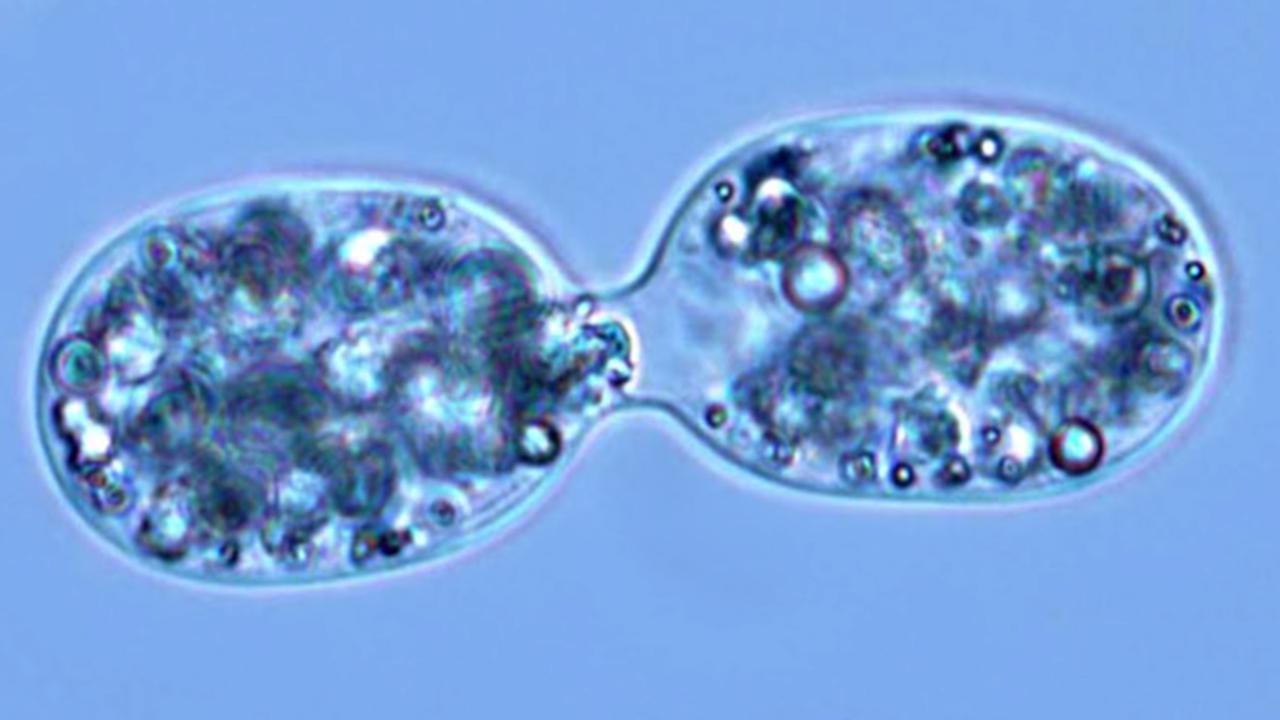
Study Identifies Key Mechanism for Protein Trafficking in Plants and Bacteria
Plants photosynthesize to survive, and bacteria divide to reproduce, but to accomplish these necessary biological functions, the cells of these organisms employ protein trafficking. More specifically, these functionalities, among many others, rely on the twin-arginine translocation (Tat) pathway, which, when properly functioning, allows for the transportation of proteins across cellular membranes.
Though other pathways can also transport proteins across cellular membranes, the Tat pathway is unique because of the sheer size of proteins it transports across membrane thresholds. “Some of the proteins that are transported on the Tat pathway are very big,” said UC Davis Professor of Plant Biology Steven Theg. “They’re bigger than the membrane is wide.”
Proteins, which are made of amino acids, usually need to unfold to cross cellular membranes, being strung across these barriers amino acid by amino acid. But the Tat pathway can ferry folded proteins across cellular membranes. How the Tat pathway accomplishes this is something scientists are trying to understand.
In a study appearing in the Journal of Biological Chemistry, Theg, UC Davis postdoctoral researcher Binhan Hao, and 2022 College of Biological Sciences Undergraduate of the Year Wenjie Zhou provide evidence that the Tat pathway relies on a phenomenon called hydrophobic mismatch to accomplish protein trafficking across target membranes.
Identifying a molecular mechanism
In their study, the UC Davis team hypothesized that modulating membrane thickness is an important element in the mechanism of Tat transport.
“A membrane protein usually requires 20 amino acids in a transmembrane alpha helix (TMH) to span a typical membrane,” said Theg. “The proteins that operate in the Tat transporter’s machinery seem to be shorter. Instead of being 20 amino acids long, their TMHs are only 15 amino acids long, which causes membrane thinning where these proteins are located.”
Using site-directed mutagenesis—deliberate genetic engineering through DNA mutations—on the model organism Escherichia coli, the team created E. coli mutants with Tat pathways of varying TMH lengths, some longer than 15 amino acids and others shorter than 15 amino acids.
“It turns out that making the membranes thicker by increasing the length of the TMH is bad for protein transport,” said Theg, noting that this renders the proteins unable to cross the membrane. “And if you make the membranes thinner with shorter TMHs, then they start to leak all by themselves.”
“It seems the TMH is tuned evolutionarily to 15 amino acids,” he added. “Fifteen is kind of a compromise to have some membrane integrity, but it allows you to break the membrane down to let proteins through when you need to.”
A path to greater understanding
According to Theg, while the study’s predictions were borne out experimentally, the results don’t definitively prove that hydrophobic mismatch is the mechanism employed by the Tat pathway.
“Everything is fitting, but it’s sort of circumstantial evidence,” said Theg. “There are particular experiments that we can do that would diagnose this kind of a mechanism.”
And that’s what Theg’s lab is focused on now.
In one experiment, Theg and his team are trying to demonstrate that the Tat pathway, when activated, creates a toroidal pore in the membrane, a sort of donut-shaped hole that allows proteins to pass through the membrane.
“This toroidal pore also allows lipids to be transported across the membrane,” said Theg, noting that cellular membranes are made from lipid molecules.
“Normally, lipids don’t do that very much,” added Theg. “If we’re able to demonstrate lipid flip-flop that was caused by this transporter, that would be the proof that we’re looking for.”
With the evidence for hydrophobic mismatch as a key mechanism for protein transport mounting, Theg and his colleagues’ study provides scientists with a deeper understanding of a process critical to the survival of plants and bacteria. Now, the team will try to elucidate that process even further.
Theg and his colleagues’ research was funded by a grant from the U.S. Department of Energy.
Media Resources
- Hydrophobic mismatch is a key factor in protein transport across lipid bilayer membranes via the Tat pathway (Journal of Biological Chemistry)
